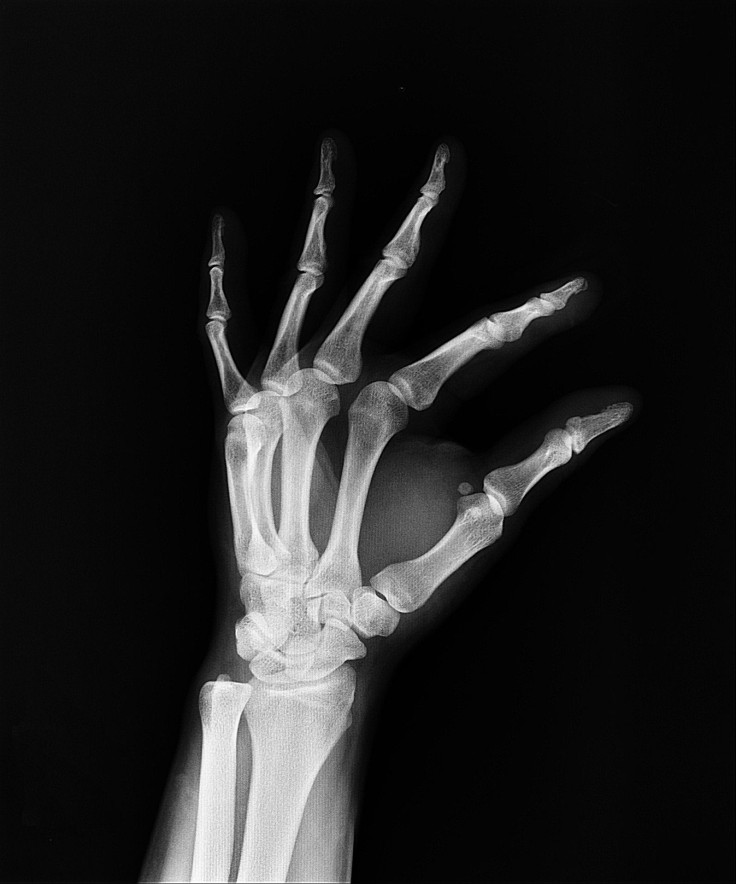Tiny Bubbles Mixed With Genetic Material Could Be Future Alternative To Invasive Bone Grafts

Scientists have discovered that bubbles may be a less painful and invasive alternative to bone grafts for patients with non-healing fractures. According to a release from the American Association for the Advancement of Science, about 100,000 broken bones in the United States don’t heal properly, which causes what’s known as a nonunion fracture. Doctors will typically perform a bone graft, which is when transplanted bone is used to repair the damage. To avoid the complex and painful procedure, researchers have created a gene therapy procedure using ultrasound and bubbles that fixed non-healing fractures in pigs.
Read: Dairy Isn't Deadly: New Study Says Diets High In Milk Products Don't Cause Heart Disease
To do this, the team first created a fracture in mini pigs. Then, they placed a structure made of collagen where the break was located. Microbubbles mixed with genetic material designed to stimulate bone growth were inserted and ultrasound pulses stimulated the process. After eight weeks, the pigs’ bones healed.
Other gene therapies typically use viral vectors. This method involves delivering genetic material into the cells using viruses, as they are very efficient, however, this practice does come with risks, namely a possibility for cancer later on or adverse responses from the body. According to the researchers, the new method using microbubbles and ultrasound didn’t trigger inflammation, which is also associated with an increased cancer risk.
According to Johns Hopkins University, bone grafts provide a variety of uses. They can be done to heal fractures from the beginning or to treat those that haven’t healed after other treatments failed. In a diseased joint, grafts are used to fuse two bones together to stimulate the healing process. For bones that need regeneration, either due to trauma or disease, bone grafts are used to repair or reconstruct parts of the missing pieces. Grafts are sometimes used with implants like artificial joints, as a way to speed up healing, and are even used in dental procedures.
For the graft, bone material is removed from a part of your body, like the hips or legs, to repair whichever area needs treatment. However, bones from cadavers, from people who have donated their organs and tissue, can also be used. Considered a generally safe procedure, bone grafting does come with risks, including infection, bleeding, nerve damage, blood clots and the possibility that the bone doesn’t actually heal.
The recovery time after a surgery varies and depends on the severity of the initial injury and can be anywhere from weeks to months. The graft itself can take months to heal, according to the United States National Library of Medicine.
All of the complications, time and money spent on surgical procedures can be costly (both physically and emotionally). This new technique needs to be tested on humans, but if it proves to be safe and effective, could lead to better, less invasive treatment options for patients.
See Also:
Texas Man Undergoes Skin Graft Surgery After Getting Dangerous HPV Foot Infection From Gym Shower
If You Want To Reduce Your Risk Of Breast Cancer, Reduce Overall Body Fat, Not Belly Fat



























